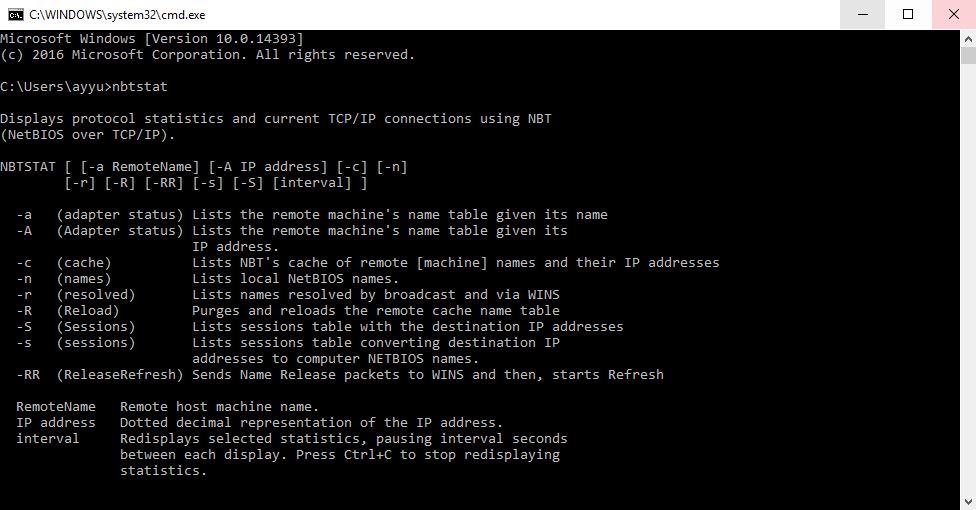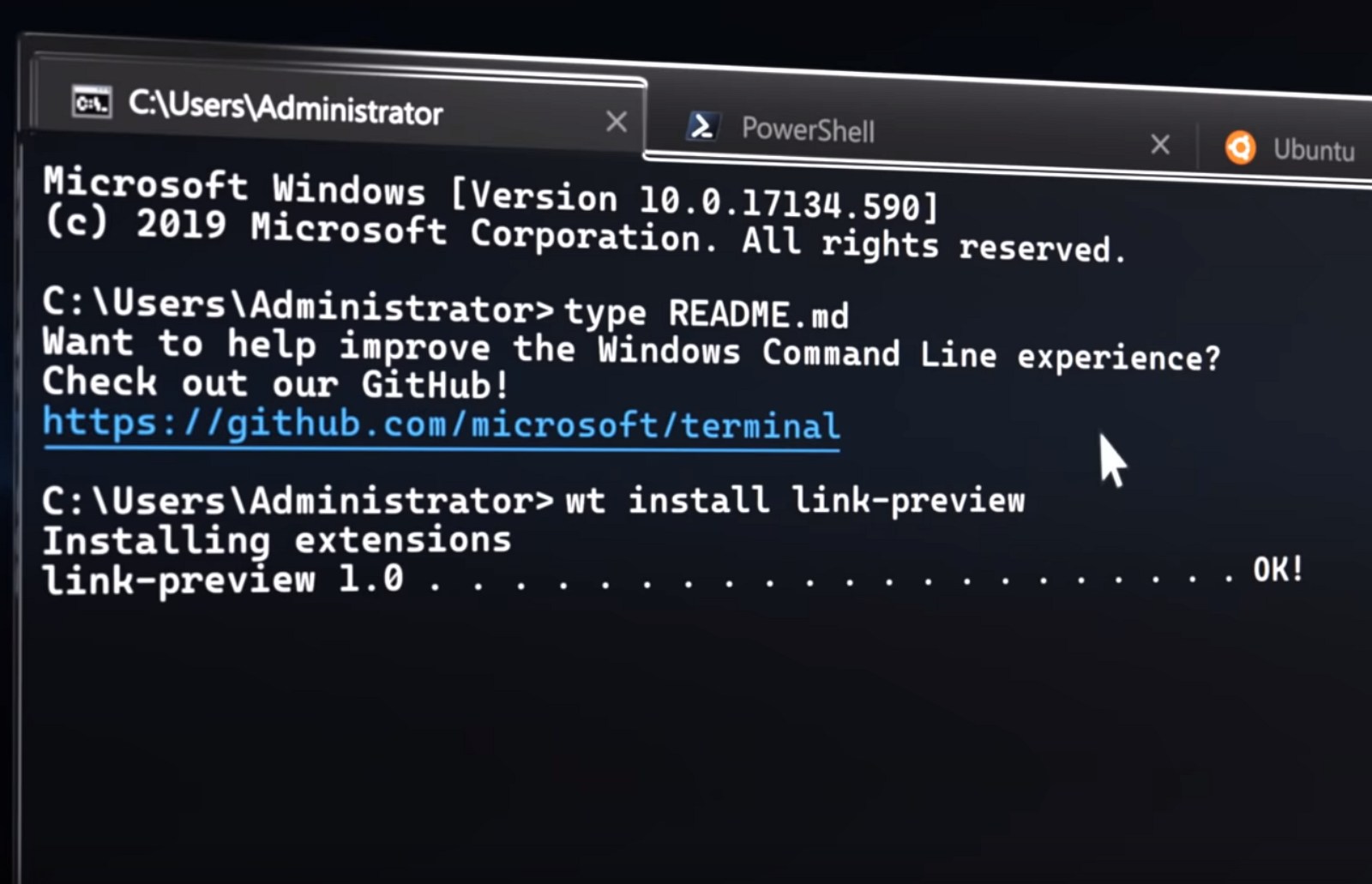

Or you can type a single SCHTASKS command to set it up. You’d have to click through the Scheduled Task wizard to configure this. For example, maybe you have a batch file stored on C:\temp that you want to run every day at noon. Windows comes with a wizard for creating scheduled tasks. When the command is finished, you’ll see the status of the scan and what actions were taken. The command can fix any disk errors (if possible). That command runs chkdsk on the C: drive and tells it to fix errors that it finds. Launch Command Prompt as administrator and use a command like the following: While the SFC command only checks the integrity of core system files, you can use the CHKDSK command to scan an entire drive. The persistent switch tells your computer that you want this drive remapped every time you sign back into your computer.

Net use Z: “\\OTHER-COMPUTER\SHARE” /persistent:yes However, using the NET USE command, you can do the same thing with one command string.įor example, if you have a shared folder on a computer on your network called \\OTHER-COMPUTER\SHARE\, you can map this as your own Z: drive by typing the command: If you want to map a new drive, you could open File Explorer, right-click on This PC, and go through the Map Network Drive wizard.

The scan can take up to 10 or 15 minutes, so give it time. /OFFLOGFILE: Specify a path to save a log file with scan results./OFFWINDIR: Use this to do repairs on an offline Windows directory./OFFBOOTDIR: Use this to do repairs on an offline boot directory./VERIFYFILE: Verify the integrity of particular files but don’t repair them./SCANFILE: Scan the integrity of specific files and fix them if corrupted./VERIFYONLY: Check the integrity but don’t repair the files.You can also use the following switches to alter how the command works: If a problem is found, the files will be repaired with backed-up system files. Typing SFC /SCANNOW checks the integrity of all protected system files. You must launch the Command Prompt as administrator (right-click and choose Run as Administrator). If you’re concerned that a virus or some other software has corrupted your core system files, there’s a Windows command that can scan those files and ensure their integrity.


 0 kommentar(er)
0 kommentar(er)
